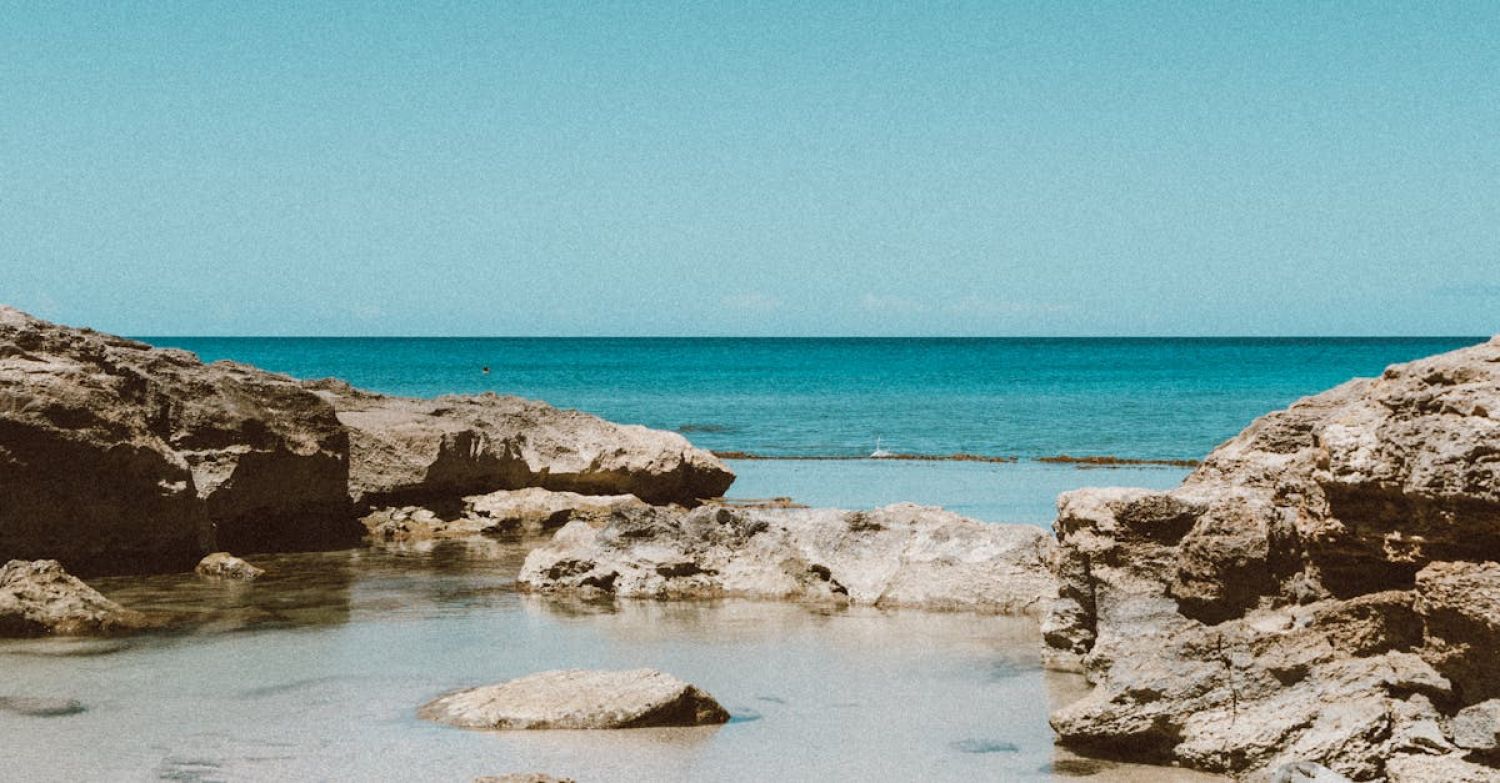The allure of rock pools lies in their vibrant ecosystems, where sea creatures thrive in miniature worlds. These natural aquariums, often found along rocky shorelines, are teeming with life, from colorful anemones to darting fish. However, diving into the exploration of these fascinating habitats requires caution and respect. Understanding how to navigate these environments safely can enhance your experience while protecting the delicate ecosystems within them.
Understanding Tides
Before embarking on your rock pool adventure, familiarize yourself with the tidal schedule. Rock pools are best explored during low tide, when they are fully exposed and easily accessible. Check local tide charts to ensure you visit at the right time. This not only ensures your safety but also protects the marine life that may be trapped in pools during high tide. Remember, the ocean is unpredictable; always keep an eye on the water level and be prepared to leave the area if the tide starts to come in.
Dress Appropriately
Footwear is a crucial aspect of rock pool exploration. Choose sturdy, non-slip shoes or sandals designed for wet environments. Avoid flip-flops, as they offer little protection and grip. Depending on the temperature, you may also want to wear a wetsuit or rash guard to shield yourself from the elements and any sharp rocks. Dressing appropriately will help you move confidently over slippery surfaces and sharp edges, reducing the risk of injury.
Be Mindful of Your Surroundings
As you wander along the rocky shore, pay attention to your surroundings. Look out for loose rocks that could shift underfoot and create hazards. Take your time, and choose your steps carefully when navigating through pools. It’s also wise to keep an eye out for any marine life that might be hidden among the crevices. Some creatures may be camouflaged, and disturbing their habitat can harm them and disrupt the ecosystem.
Respect Marine Life
Rock pools are home to a diverse range of organisms, each playing a vital role in their environment. Be mindful of the creatures you encounter—avoid picking them up or removing them from their habitat. If you want to observe something up close, take a picture instead. Always leave the environment as you found it; this helps preserve the natural habitat for future explorers and ensures the survival of the delicate life forms within.
Stay Hydrated and Sun-Protected
Exploring rock pools can be a physically demanding activity, especially under the sun. Bring plenty of water to stay hydrated throughout your adventure. Also, apply sunscreen to protect your skin from harmful UV rays. Don’t forget to reapply throughout the day, especially if you’re splashing in the water or sweating. A hat and sunglasses can provide additional protection, allowing you to enjoy your exploration without the discomfort of sunburn.
Know Your Limits
While rock pools are inviting, it’s essential to know your limits. If you’re not a strong swimmer, avoid venturing too close to the water’s edge where waves can unexpectedly crash. Always explore with a buddy; having someone by your side enhances safety and provides assistance in case of an emergency. If you’re unsure about the conditions, it’s better to err on the side of caution and choose a different activity.
Enjoy the Experience
Rock pooling can be a rewarding and educational experience. Take the time to observe the intricate details of the ecosystem around you. Listen to the sounds of the ocean, feel the textures of the rocks, and appreciate the colors of the marine life. Engaging with nature can lead to a deeper understanding of the environment and its inhabitants, fostering a sense of stewardship for these fragile habitats.
Embracing the Adventure
Exploring rock pools offers a unique opportunity to connect with nature while learning about marine ecosystems. By prioritizing safety and respecting the environment, you can enjoy a fulfilling adventure that leaves minimal impact. Each visit to a rock pool can reveal new wonders, reminding us of the beauty and complexity of the natural world. Remember to take only memories and photographs, ensuring that these vibrant ecosystems continue to thrive for generations to come.
